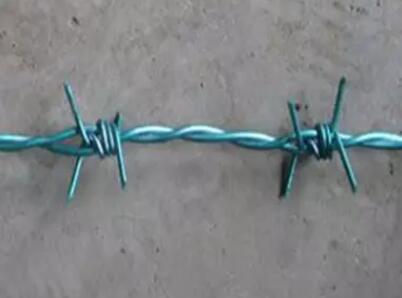Exploring the Versatility of Perforated Metal Panels
Perforated metal panels are becoming increasingly popular across various industries due to their remarkable functionality and aesthetic appeal. These panels, which feature a series of holes or cutouts, can be made from a variety of metal materials, including aluminum, steel, and stainless steel. Their unique characteristics make them suitable for a wide array of applications, from architecture and construction to furniture design and industrial facilities.
One of the most appealing attributes of perforated metal panels is their versatility. Architects and designers often incorporate these panels into building facades, sunshades, and screens. The holes in the panels not only reduce the overall weight of the material but also allow for dynamic interactions with light and air. This results in visually striking design elements that can enhance both the aesthetic and functional aspects of a structure. For example, the strategic placement of these panels can create fascinating patterns and shadows that change throughout the day, fostering a relationship between the building and its environment.
Moreover, perforated panels provide practical benefits in terms of ventilation and light transmission. In applications like parking garages and industrial facilities, these panels facilitate air flow, reducing humidity and improving air quality. This natural ventilation system can contribute to energy efficiency by decreasing the need for mechanical ventilation, thereby lowering energy costs. Similarly, in architectural applications, perforated metal allows diffused light to penetrate interior spaces, creating a warm and inviting atmosphere while also minimizing glare.
In addition to architectural applications, perforated metal panels are gaining traction in the furniture and interior design sectors. Designers utilize these panels in creating unique partitions, room dividers, and decorative elements. The ability to customize hole patterns and sizes means that designers can achieve specific visual effects or functional requirements, giving rise to a truly personalized product. Moreover, the lightweight nature of these panels makes them easy to work with, allowing for innovative solutions in both residential and commercial projects.
perforated metal panels

Sustainability is another key consideration driving the adoption of perforated metal panels. Metal is a highly recyclable material, and using perforated panels can lead to less scrap and waste during the manufacturing process. Additionally, their longevity and durability mean that they can withstand the test of time, reducing the need for frequent replacement. Organizations that prioritize environmental responsibility often turn to these panels as they can significantly contribute to LEED certification and other sustainability standards.
Another significant advantage of perforated metal panels is their cost-effectiveness. While they may initially seem more expensive than traditional materials, their long-term benefits outweigh the upfront costs. The combination of low maintenance, durability, and energy efficiency can lead to substantial savings over time. Furthermore, the aesthetic versatility of these panels means they can enhance property value while providing functional benefits.
In terms of maintenance, perforated metal panels are relatively easy to clean and maintain. Their hard surface resists dust and dirt accumulation, making them a suitable choice for various environments, including commercial, industrial, and outdoor settings. Regular maintenance typically only requires a simple wash with water and mild detergent, ensuring that they retain their visual appeal without significant effort.
In conclusion, perforated metal panels represent a fusion of beauty, functionality, and sustainability. Their adaptability makes them an excellent choice for architectural designs, interior furnishings, and industrial applications. As architects and designers continue to explore innovative uses for perforated panels, it is clear that they will play a crucial role in the future of design and construction. With their myriad benefits, these panels are set to remain a favored choice for creating functional and visually stunning spaces. As we move towards more sustainable building practices, the demand for perforated metal panels will likely continue to grow, reflecting their lasting impact on the industry.

















